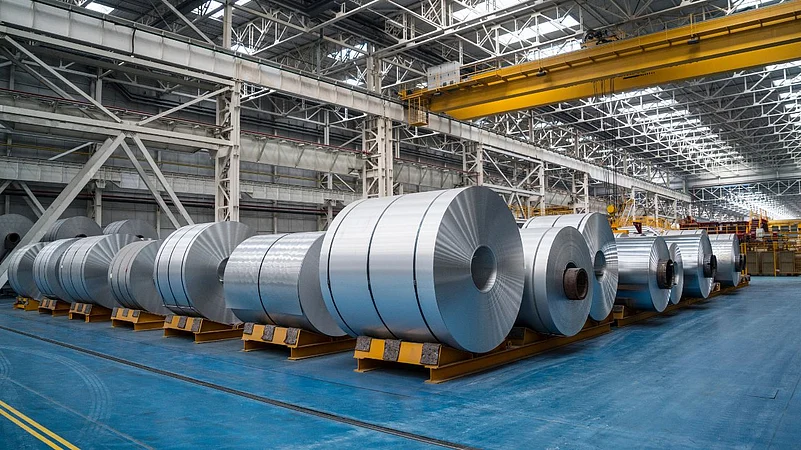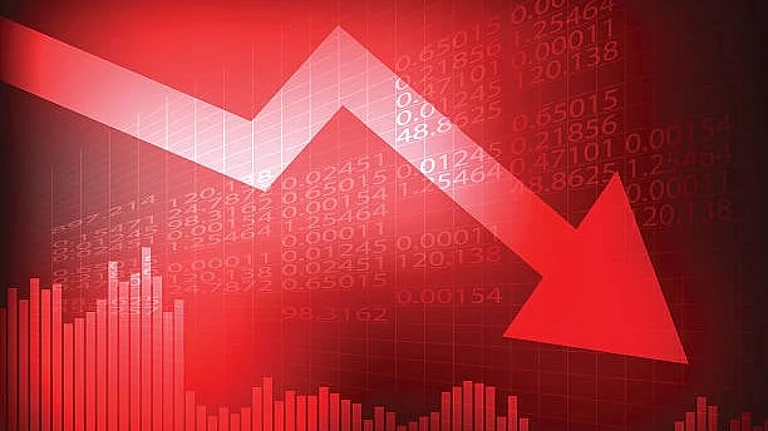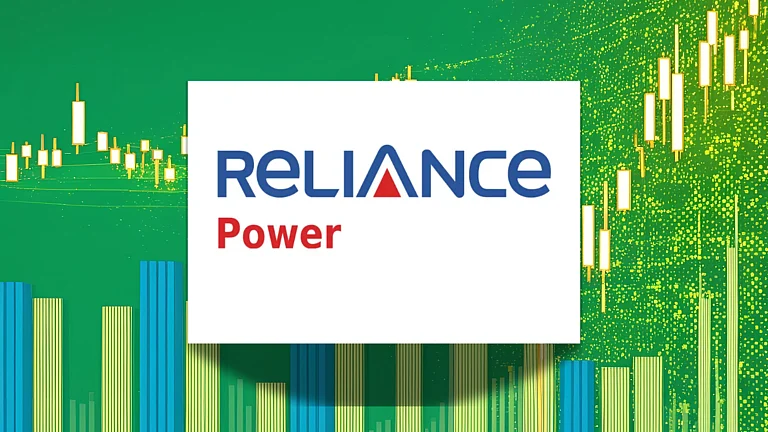Metal Stocks Today: Metal stocks came under pressure on June 2, 2025, after US President Donald Trump announced his administration’s decision to double the tariffs on steel and aluminium imports. Late on May 30, Trump said the US would double the import duties from 25 per cent to 50 per cent, starting June 4. The announcement comes just as Japan’s Nippon Steel is about to sign a major deal with US Steel, which Trump termed as a “blockbuster” agreement. The news has weighed on investor sentiment in the metal space in India.
The Nifty Metal index fell as much as 1.58 per cent in early trade; however, as of 1:20 PM, the metal index recovered some losses, but still trades lower by around 0.6 per cent. As of May 30, Nifty Metal traded with a price-to-earnings (P/E) ratio of 19.64 and a price-to-book value (P/B) ratio of 2.66, according to NSE Indices monthly report.
The metal index has yielded 7.13 per cent returns during the month of May 2025 and a negative return of 4.78 per cent over the past year.
Top Losers In Nifty Metal
Among the top losers in the index were Lloyds Metals and Energy, which fell as much as 4.5 per cent in trade so far. Following it were JSW Steel, Tata Steel, Vedanta, Hindalco, Hindustan Zinc, Apl Apollo Tubes, and Jindal Stainless, falling between 0 to 2 per cent.
On the other hand, capping the losses were Adani Enterprises, Hindustan Copper, National Aluminum, Welcorp, Steel Authority of India, and NMDC Steel, gaining in the range 0.2 per cent to 1.5 per cent.
“We are going to bring it from 25 per cent to 50 per cent, the tariffs on steel into the United States of America, which will even further secure the steel industry in the United States. Nobody’s going to get around that,” Trump said.
Later, in a social media post, Trump announced that the 50 per cent tariffs on steel would also apply to imported aluminium.
“It is my great honour to raise the Tariffs on steel and aluminium from 25 per cent to 50 per cent, effective Wednesday, June 4. Our steel and aluminium industries are coming back like never before. This will be yet another BIG jolt of great news for our wonderful steel and aluminium workers. MAKE AMERICA GREAT AGAIN!” Trump wrote on his Truth Social platform.
Steel, Aluminum Tariff Hike’s Impact On India
India’s direct steel imports to the US are relatively low, constituting only about 4 per cent of its total steel exports in calendar year 2024 (CY24), according to an earlier report by Care Edge Ratings. The hike in tariffs is less likely to have a big impact on overall steel sales for Indian companies.
Canada, Brazil, and Mexico were the top steel exporters to the US in CY24, Asian countries like South Korea, Japan, Taiwan, China, and Vietnam also contributed significantly to US steel imports. “Considering the tariff increase by the US, surplus steel production could be redirected to other countries, including India,” the Care Edge Rating’s report said.
For aluminium, India’s exports to the US are around 6 per cent to 8 per cent. It is also worth noting that India is among the major exporters of aluminium, with nearly 40 per cent of the domestic production being exported to several countries in CY24.
“Consequently, the impact of the tariff hike on export volumes and its realisations for Indian aluminium producers is expected to be higher than that of domestic steel manufacturers,” the Care Edge Ratings’ report said.
However, the report added, “India remains one of the lowest-cost aluminium producers globally, mainly on account of the availability of quality bauxite reserves, which improves India’s cost competitiveness in the global market – this can provide greater cushion to domestic aluminium producers to meet the increased competition from any over-supply scenario arising from the imposition of tariff by the US.”
Broader Implications On Global Steel, Aluminium Trade
Ajit Mishra, SVP of Research at Religare Broking, said the US tariff hike on steel and aluminum is intended to shield domestic industries but could have broader global consequences.
Mishra told Outlook Money: "It may create a supply overhang as exporters, especially China, redirect excess output to other markets, worsening price pressures in a slowing global economy. This dumping has already impacted domestic producers elsewhere, squeezing margins and stalling volume growth."
Mishra added that the decision could escalate trade tensions, trigger retaliatory tariffs, and disrupt global supply chains. While US producers may benefit in the short term, he warned that the long-term impact could be increased volatility and inefficiencies across global metal markets.
How Should Investors Trade In Metal Stocks
According to Mishra, investing in metal stocks in the short term can be tricky , as prices are heavily influenced by shifting tariff policies, making it difficult to predict demand and supply with confidence. "These policy changes often drive sharp, sentiment-driven moves in either direction," he said.
However, Mishra remains positive on the sector over the medium term. "The global push toward re-industrialization, rising defense spending, and a decade of underinvestment in metal production suggest potential supply constraints. This could support stronger pricing and profitability for metal companies over time, offering attractive opportunities for patient investors despite short-term volatility," he said.
"Within the broader metals space, we’re particularly positive on the mining segment, which stands to benefit most from these structural trends. While short-term volatility remains, this pullback could offer a good entry point for long-term-focused investors," he added.












